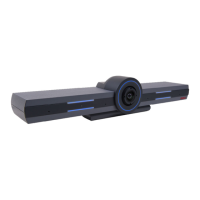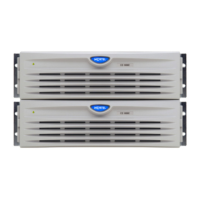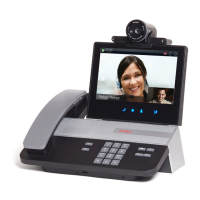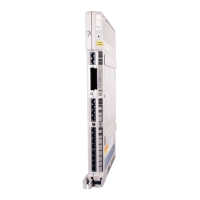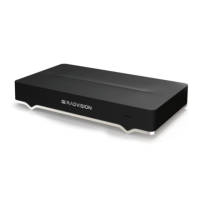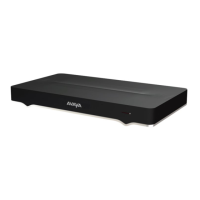Figure 10: OS Settings – Do not Validate CA Certificate
Support for Additional Monitor
It is possible to connect an additional monitor to the USB-C port of the device, using an adapter
(USB-C to HDMI, self-powered).
Supported resolutions on the additional monitor are the same as the main monitor.
The CU360 application will automatically detect the additional monitor and, when in foreground,
will typically show by default the remote participants, while in a call, on the additional monitor.
Other apps, when in foreground, can show extra content on the additional monitor, otherwise the
content of the first monitor is duplicated.
Power Outage Risk
• Connecting an extra monitor drains power from the CU360 and can cause the
unexpected turn-off of the device, if the USB Type-C to HDMI adapter is not self-
powered.
• Always connect to CU360 self-powered USB accessories (hubs or adapters), to
prevent unexpected CU360 turn-off.
• The Avaya adapter and its power supply will be orderable as “CU360 Second
Display Adapter”. The third-party accessory list also contains some compliant
adapters you can buy online, see
https://downloads.avaya.com/css/P8/documents/101056062
Figure 11: USB Type-C to HDMI Adapter, Self-Powered
Figure 12: How to Connect an Additional Monitor using the USB Type-C to HDMI Adapter
Important
• The monitor connected to USB Type-C can be used only as additional monitor,
not as single monitor.
• Always use two monitors of the same vendor and model, selecting the same
resolution (up to 1080p) and color settings on the monitor.
• HDMI audio-out on the additional monitor is not supported.
• Do not detach the additional monitor while in a call, and in any case restart the
device after detaching/attaching the monitors and assure that the additional HDMI
monitor is connected via a self-powered adapter before turning on the CU360
device.
• While recording to the local USB storage, or streaming, only the main monitor will
be captured.
• If connecting an additional monitor, the touch screen on the first monitor is
automatically disabled.
• If you click on the additional monitor with the remote-control air-mouse and then
deactivate the mouse pointer, then you need to click again on the main monitor to
get the remote-control keys delivered to the app.
To change what you see on the monitors (the current video layout) when the CU360 app is
running, you can press the Layouts key on the remote-control, or from the GUI. You can also
select a layout from the web interface.
Figure 13: Change Layouts from Remote-control or GUI
Figure 14: Available Layouts for Single Monitor Scenario, GUI
Figure 15: Available layouts for Dual Monitor Scenario, Web > More Options > Layouts
The current layout can be changed as explained above, and the default one will be restored
automatically when the number of available video flows changes (typically presentation on/off).

